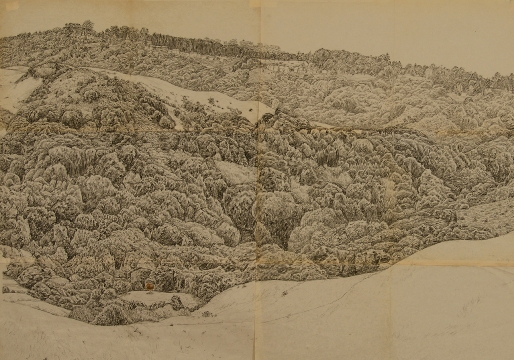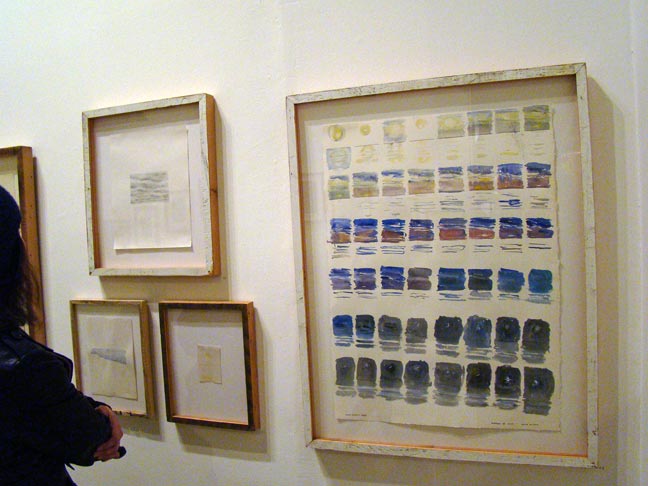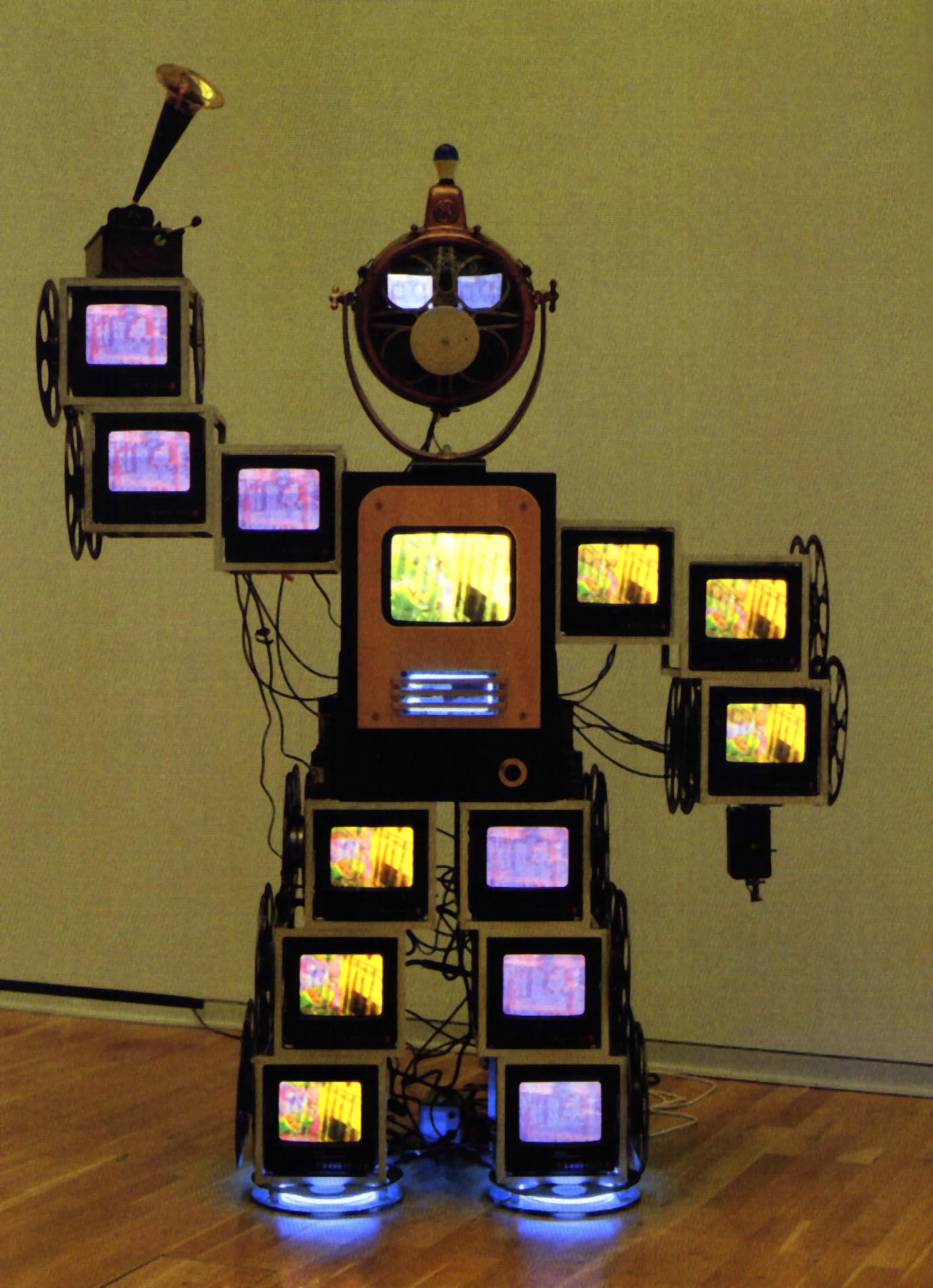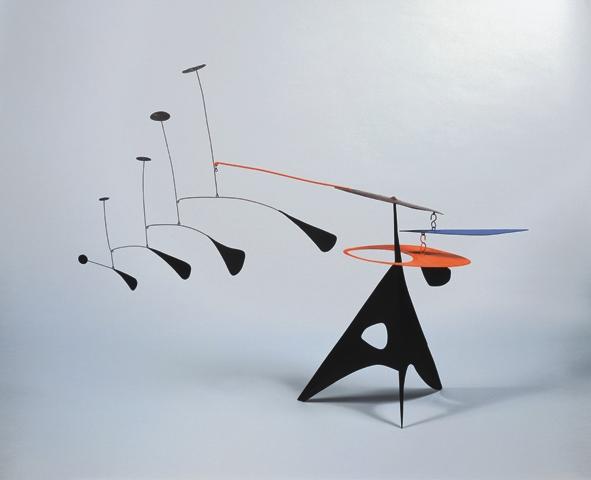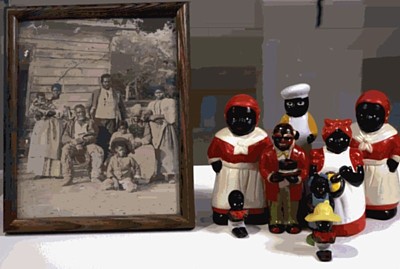Judy Ledgerwood really enjoys making her works site specific. She believes it makes her pieces that much stronger when everything is accounted for in the space which her art is housed in.
The medium Ledgerwood mostly works with is paint.
The architecture of a space has a major influence on the execution of Ledgerwood's paintings. Many things are taken into consideration before she starts a piece. The natural and artificial lighting is noted and addressed in her works as well as how people will enter the room where her painting is in. The internal architecture of a place also dictates when Ledgerwood's paintings start and stop.
Ledgerwood's pieces are flat and simple in nature. Bright, vivid colors are used that give new meaning to her paintings based on their placement in her works. There's also a repetition of different patterns in some of her works that are based off of recurring shapes in the buildings that display her art.
When it comes to Ledgerwood's paintings, it can be hard to remember that they are paintings due to the fact that they are applied directly on the wall. That's why she let's the paint drip and be more transparent in some places than in others. It is through these imperfections that her pieces can than be read as paintings.
ArtBabble. Indianapolis Museum of Art, n.d. Web. 16 Apr. 2014.

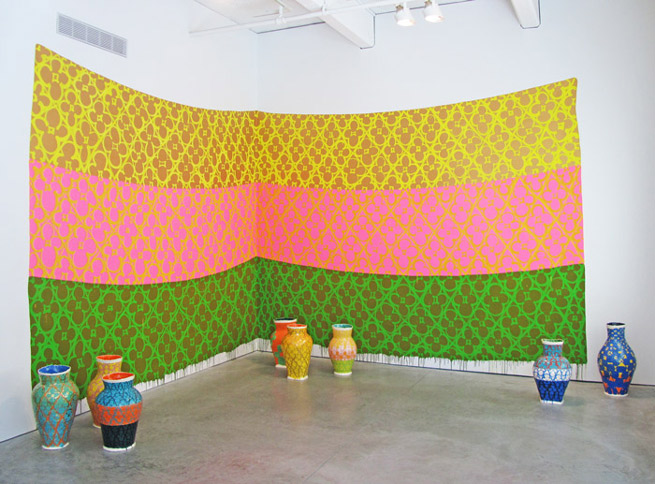



.jpg)



